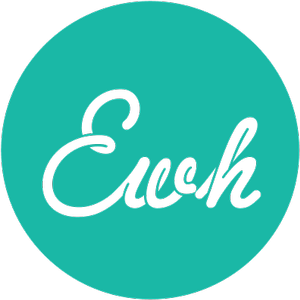
How to Write an Irresistible Query (Without Losing Your Mind)
You’ve done your research. You’ve identified a list of agents who seem like a good fit for your work. You’ve polished your manuscript until it shines.
Now comes the part that strikes fear into the hearts of many a writer: The Query Letter.
I get it. Condensing your creativity into a few professional paragraphs can feel like trying to squeeze an elephant into a teacup. But a strong query letter doesn’t have to be intimidating. In fact, when done well, it’s a concise, creative, and compelling way to introduce both your manuscript and yourself to an agent.
Here’s a peek into what makes a query letter irresistible—without giving it all away (because if you want the soup-to-nuts guide, you’ll want to check out Julie Hedlund’s and my The Complete Picture Book Submissions System).
1. Intro Yourself and Your Manuscript
Your first paragraph should do three things:
- Indicate why you chose to submit to that particular agent
- Name the manuscript you’re submitting (including title and word count)
- Introduce it with a short, engaging “hook”—what your manuscript is really about, in one sentence.
2. The Pitch Paragraph
A good pitch captures the essence of your story in just a few lines—and makes the agent want to read more. This is not the place for backstory or explanations. Think jacket-flap copy. Offer a glimpse of the plot or subject, the main character’s challenge or journey (if narrative fiction or non-fiction), and the emotional takeaway or theme—without giving away the ending. This is where you show the agent that you understand story structure, emotional resonance, and writing economically. Keep it tight, compelling, and child-focused. This is also where you showcase the voice of your manuscript.
3. Your Bio (Short and Sweet)
Agents don’t expect you to have a long list of publishing credits (though it’s great if you do!). They do want a sense of who you are and why you’re writing for children.
Include any relevant writing experience, paid memberships or affiliations (like SCBWI or 12X12), or education. Keep it short, relevant to writing, and professional.
4. Include Strong Comp Titles
Comparative titles—or comps—help agents quickly understand how and where your book fits in the current marketplace. The key is to choose comps that are:
- Recent (published within the last 3–5 years)
- Relevant (same audience and format)
- Realistic (not bestsellers unless there’s a very specific reason)
You might say something like:
“This story combines the gentle humor of X with the interactive structure of Y.”
5. Tone and Formatting
Your query should be professional, but not stiff. Polite, confident, and respectful.
- Use a standard font (12 pt)
- Keep it to one page (around 3–4 paragraphs)
- Proofread. Then proofread again.
Remember, your query is the agent’s first impression of you as a potential partner. It should show that you’re thoughtful, professional, and easy to work with.
A Word About Submission Guidelines
Every agent has different submission guidelines—some want attachments, others prefer text in the body of the email, still others want the query only and will let you know if they want to read the entire manuscript. Always follow their directions to the letter. If they ask for a query only, don’t include your manuscript. If they want a manuscript pasted below the query, make sure it’s formatted cleanly and correctly.
Agents are flooded with submissions. Not following directions is an easy reason for them to pass.
Remember, your query letter isn’t just a pitch—it’s your chance to convey that you’re a serious, informed writer who respects the industry and understands the submission process.
If that feels like a lot, don’t worry—you don’t have to figure it all out alone. In The Complete Picture Book Submissions System, Julie Hedlund and I walk you step-by-step through every part of the querying process—from research and strategy to writing query letters, bios, cover letters, and more. We even include examples, templates, and feedback tools to take the guesswork out of submissions. Because your stories deserve to be read. And we want to help you get them there.
